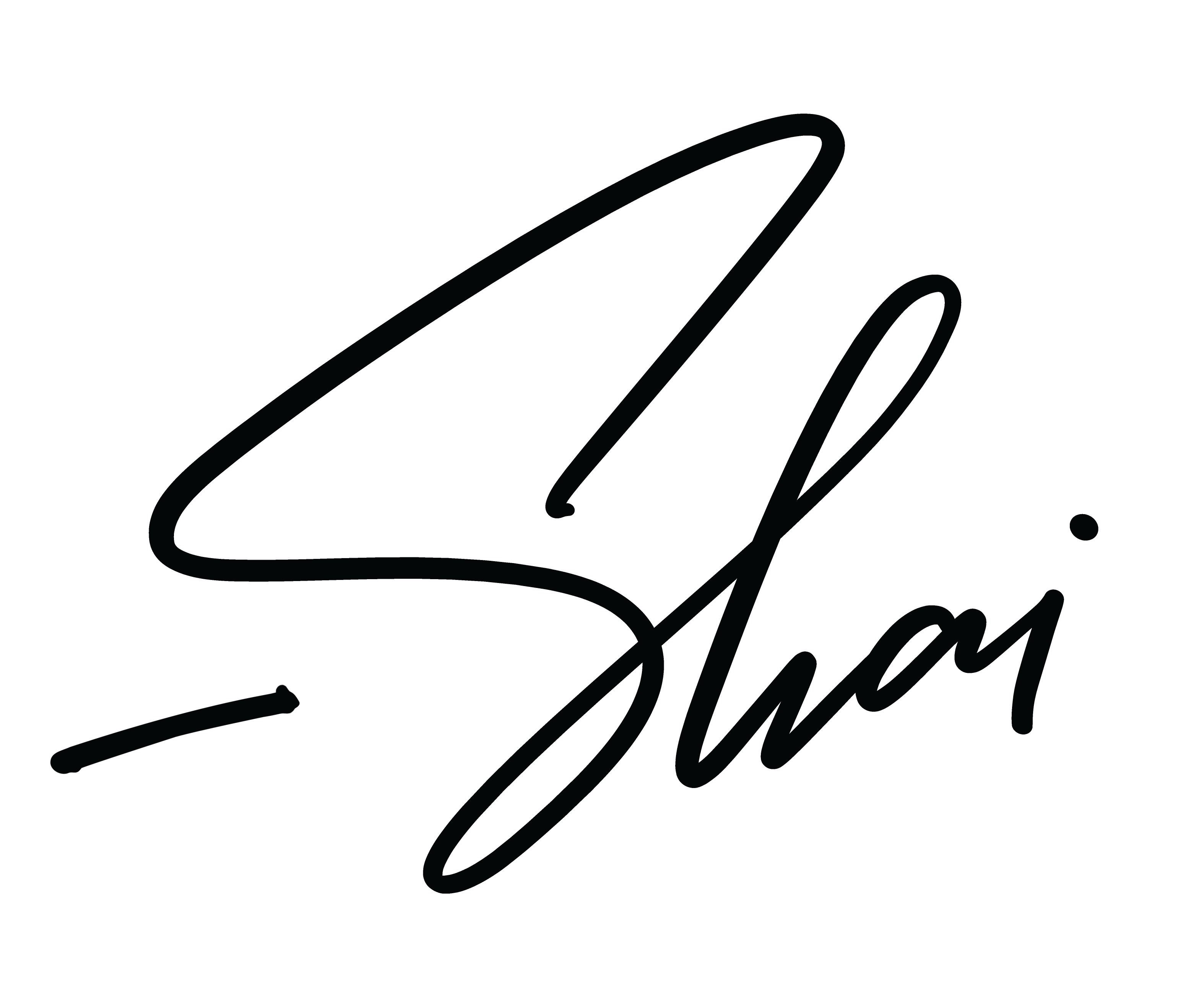I could list hundreds, but I’m going to stick to themes that came up repeatedly across several talks (—the plural of anecdote IS data)
1. Focus on one thing at a time
We can’t do everything.
And even if we could, it wouldn’t be productive to (Natalie Nagele @ Growth), and it would be dangerously stressful (Sherry Walling @ Growth).
Don’t add every feature customers ask for. Have a framework for deciding which to focus on (Derrick Reimer @ Growth).
Don’t try every marketing channel. Pick one that works and go deep on it as your main channel. Maybe even for years. Only move to the next when you’ve fully exhausted the one that’s working well. (Lars Lofgren @ Growth)
2. Fail
Business setbacks are inevitable, don’t let them affect you personally. (Sherry Walling @ Starter & Growth).
Failure is an essential part of succeeding.
Always keep moving. You can’t steer a parked car.
Try stuff. Keep what works, ditch what doesn’t.
(Ben Orenstein @ Starter, Jordan Gal @ Starter).
3. Charge more
Jordan Gal tripled his prices. No noticeable decrease in signups. (Though, he did it to stem the flow of signups in the early days, and it didn’t, so technically a failure. But a big success for charging more)
Ben Orenstein hid his lowest tier. No noticeable decrease in signups.
Bridget Harris moved features out of her free tier and into her paid. People started paying.
Patrick McKenzie… keeps charging more.
Charge more.
4. Be specific
People are hit by 5,000 advertising messages a day – but only retain four (Joanna Wiebe @ Growth).
Make sure you’re one of the four by being SPECIFIC.
Genericness only blends us in with the other 4,996.
This applies when we’re figuring out what productized service (Patrick McKenzie @ Starter) or small product (Justin Jackson @ Starter) to launch, or when figuring out where to focus a product demo (James Kennedy @ Growth).
And it applies at scale, whenever we’re writing copy (Joanna Wiebe @ Growth) or refining our value prop (Natalie Nagele @ Growth).
Understand who your audience is. What they need. Why they buy from you. Their pain points. Their dreams.
By observing them, asking them, whatever.
So that you can speak directly to them in your marketing.
So that you can make your product work for them, but also (at least as importantly) so that they feel like you and your product are for them.
Because if not, they’ll leave.
And if not everyone in your audience is identical (spoiler: they’re not), personalize the marketing you’re showing to each of them, so they all feel like your product is specifically for them – like an A/B test where both sides win every time (Brennan Dunn @ Growth).
And 3 Other Observations
1. Typing’s tiring
People said scribing all the talks at both two-day conferences would be hard work. I thought they were exaggerating. They were not exaggerating.
2. Las Vegas is ridiculous
When your first hour in a new city involves a Frosted Flakes/vodka/Kahlúa milkshake…
…suddenly a rollercoaster around the outside of a hotel starts to seem totally normal.
The rest of this paragraph is so censored.
Go to Vegas.
3. It’s all about the hallway
The conference talks were really strong.
But the value of a conference is very much in the hallway track (= the conversations with other attendees that happen outside the talks).
If you haven’t been before, go next year. Hell, go this fall in Europe. The return-on-investment you receive, short- and long-term, from the people you meet at a small conference like MicroConf is so so much greater than the cost of attending.
If you were at MicroConf, hopefully I got to meet you. If not, I’m sorry, I blame point (1). Reply and introduce yourself, I’d love to belated-meet you.
As for other conferences until next MicroConf: I highhhhly recommend Double Your Freelancing Conference for freelancers (essentially “MicroConf for freelancers”); I’ll be at Leadpages’ Converted in October too – and more details about MicroConf Europe are being released soon.

